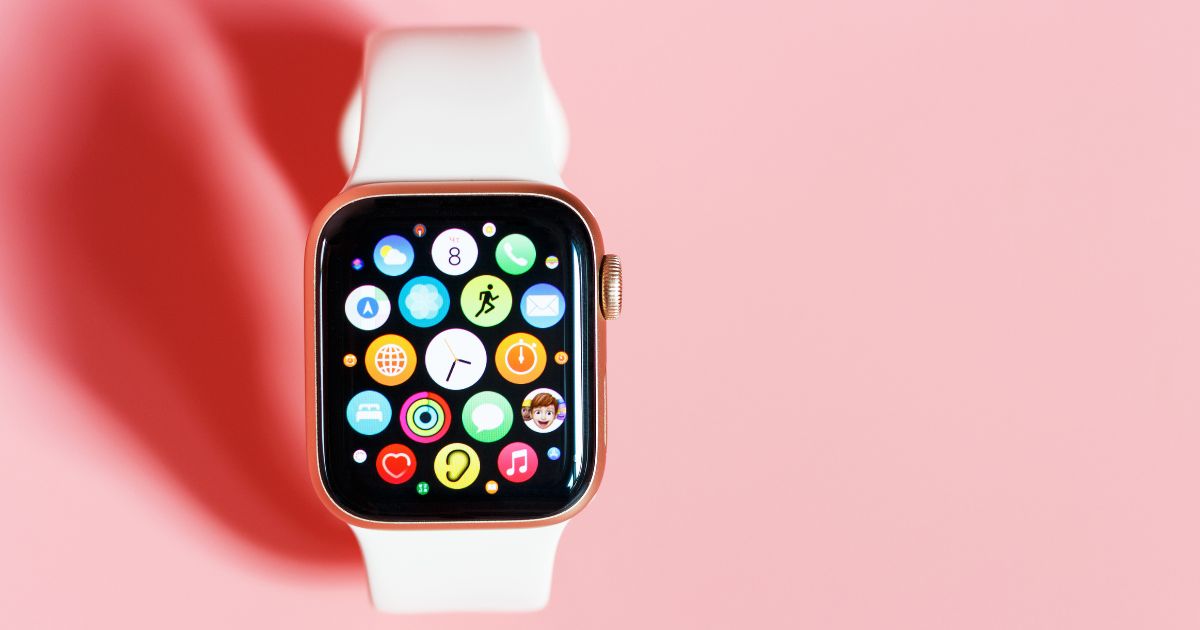The smartwatch market encompasses the industry dedicated to the design, production, and distribution of wearable devices that offer advanced functionalities beyond timekeeping. Smartwatches integrate features such as fitness tracking, notifications, communication capabilities, and health monitoring, transforming them into multifunctional companions for users. This article delves into the evolution, key players, market trends, challenges, and future outlook of the smartwatch market.
Evolution
Smartwatches have evolved significantly since their inception, transitioning from basic digital watches with limited functionality to sophisticated wearable devices with advanced computing capabilities. The concept of a smartwatch dates back to the early 1980s, with pioneering devices such as the Seiko RC-1000 wrist computer. However, it was not until the 2010s that smartwatches gained mainstream popularity with the introduction of products like the Pebble Smartwatch and Samsung Galaxy Gear.
Key Players
Numerous companies compete in the smartwatch market, ranging from established tech giants to emerging startups. Some of the key players include:
- Apple Inc.: Apple’s Apple Watch series dominates the smartwatch market, known for its sleek design, intuitive interface, and integration with the Apple ecosystem. The Apple Watch offers a wide range of features, including fitness tracking, heart rate monitoring, cellular connectivity, and app support.
- Samsung Electronics: Samsung’s Galaxy Watch series is a prominent competitor in the smartwatch market, offering a diverse lineup of devices catering to different user preferences and lifestyles. Samsung emphasizes features such as health monitoring, sleep tracking, and compatibility with Android smartphones.
- Fitbit (now part of Google): Fitbit pioneered the fitness tracker market and later expanded into smartwatches with products like the Fitbit Versa and Fitbit Sense. Fitbit devices focus on health and wellness features, including activity tracking, heart rate monitoring, and stress management tools.
Market Trends
Several trends shape the smartwatch market:
- Health and Fitness Tracking: Smartwatches increasingly emphasize health and fitness tracking features, including heart rate monitoring, sleep tracking, workout analysis, and guided workouts. These features cater to consumers’ growing interest in health and wellness.
- Integration with Smartphones: Smartwatches offer seamless integration with smartphones, allowing users to receive notifications, calls, messages, and app alerts directly on their wrists. This integration enhances convenience and productivity for users.
- Customization and Personalization: Manufacturers offer a variety of customization options, allowing users to personalize their smartwatches with interchangeable bands, watch faces, and accessories. This trend reflects consumers’ desire for individuality and self-expression.
Challenges
Despite their popularity, smartwatches face several challenges:
- Battery Life: Battery life remains a limitation for many smartwatches, with most devices requiring daily charging. Improving battery technology to extend battery life is a priority for manufacturers.
- Health Data Accuracy: Ensuring the accuracy and reliability of health tracking data, such as heart rate and sleep tracking, is essential for user trust and satisfaction. Manufacturers must continually refine sensor technology and algorithms to improve data accuracy.
- Market Saturation: The smartwatch market is becoming increasingly saturated, with numerous brands and models competing for market share. Differentiating products and staying competitive amid fierce competition is a challenge for manufacturers.
Future Outlook
The smartwatch market is expected to continue growing, driven by advancements in technology, expanding use cases, and increasing consumer adoption. Future smartwatches may incorporate features such as advanced health monitoring, augmented reality capabilities, and enhanced connectivity. As the market evolves, manufacturers will need to focus on innovation, user experience, and addressing consumer needs to maintain growth and relevance in the wearable technology landscape.




